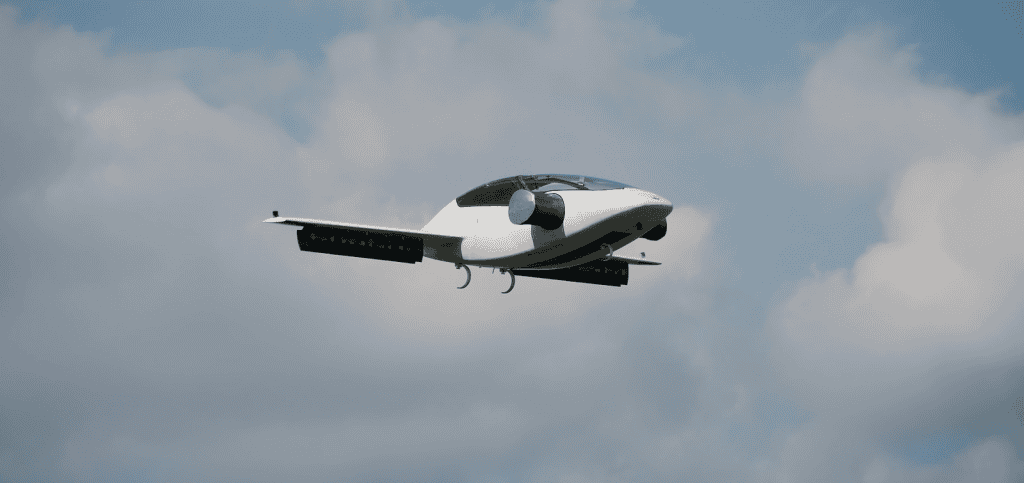The latest video by Lilium Aviation flaunted the successful test flight of its first ever all-electric flying car, a Vertical Take-Off and Landing (VTOL) prototype!
Yes, you read that right! A commercial flying car that we might get to use pretty soon! The flying car gets its lift via 36 electric jets mounted on the wings, and its dozen movable flaps are pointed downwards that allow it to take-off vertically, like a helicopter.
Once airborne, the flaps can be pivoted to provide horizontal thrust, thus providing a forward motion. For smooth vertical landing, employ the jets again.
https://giphy.com/gifs/l0Iy3PokYn4mm0ToQ
Lilium says that their electric vehicle can hold two passengers at a time and has a range of about 300 kilometers (~186 miles) on a single charge, with a max speed of 300 km/h (~186 mph).We bet it can’t get any better than this!
We bet it can’t get any better than this!Along with Lilium, their competitors AeroMobil revealed another flying car prototype at the Top Marques Monaco supercar show. AeroMobil claims that their first vehicle will be open for sale by 2020. The first batch will consist of 500 vehicles and cost between €1.2 million and €1.5 million ($1.3 million and $1.6 million).
Along with Lilium, their competitors AeroMobil revealed another flying car prototype at the Top Marques Monaco supercar show. AeroMobil claims that their first vehicle will be open for sale by 2020. The first batch will consist of 500 vehicles and cost between €1.2 million and €1.5 million ($1.3 million and $1.6 million).
The AeroMobil flying car is no less impressive. It can go from drive to fly mode in about 3 minutes and can reach top speeds of 160 k/h (~99 mph) on the ground and from 112 to 360 km/h (~69 to ~224 mph) in the air. It has a range of about 750 kilometers (466 miles), so clearly it’s a tough choice between the two vehicles.
Although both of the companies have had successful test flights, their prototypes can only materialize if they pass the extremely stringent safety tests, along with all the FAA safety regulations. Moreover, they need to establish an air traffic coordination system before these impressive machines can be commercialized.
Still an exciting prospect indeed! Share your views about this amazing invention in the comments’ section below.

